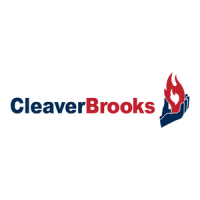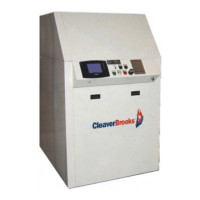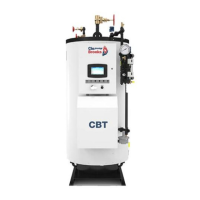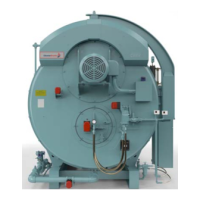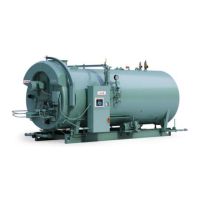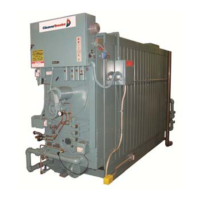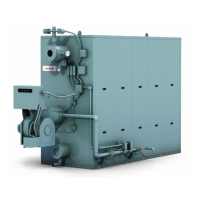CFC-E Installation Manual
Part No. 750-459 1-7
A pre-start “boil out” of the vessel is not required; the interior boiler surfaces are cleaned following
production of the pressure vessel.
1.3.2 - Retrofit Installations
Older hydronic systems often contain impurities due to deteriorating piping, fittings, and other hydronic
specialties. Corrosion and sludge deposits in old systems must be removed prior to installation
of the new boiler to ensure existing debris does not enter the new boiler.
After the system is cleaned with the boiler isolated, and the new boiler is installed, a side-stream filter
is recommended for continuous removal of suspended and dissolved solids that could remain. For
assistance with selection and installation of a suitable filter, consult your water treatment provider.
If the system contains a significant amount of suspended or dissolved iron, a magnetic filter is
recommended.
1.4 - Using Glycol
The Model CFC-E boiler may be operated with a solution of glycol and water. Where glycol is added,
the system must first be cleaned and flushed. Correct glycol selection and regular monitoring of the in-
use concentration and its stability is essential to ensure adequate, long-term freeze protection,
including protection from the effects of glycol-derived corrosion resulting from glycol degradation.
Typically, ethylene glycol is used for freeze protection, but other alternatives exist, such as propylene
glycol. Glycol reduces the water-side heat capacity (lower specific heat than 100% water) and can
reduce the effective heat transfer to the system. Because of this, design flow rates and pump selections
should be sized with this in mind.
Generally, corrosion inhibitors are added to glycol systems. However, all glycols tend to oxidize over
time in the presence of oxygen, and when heated, form aldehydes, acids, and other oxidation products.
Whenever inadequate levels of water treatment buffers and corrosion inhibitors are used, the resulting
water glycol mixture pH may be reduced to below 7.0 (frequently reaching 5) and acid corrosion results.
Thus, when pH levels drop below 7.0 due to glycol degradation the only alternative is to drain, flush,
repassivate, and refill with a new inhibited glycol solution.
The following recommendations should be adhered to in applying ClearFire
®
model CFC-E boilers to
hydronic systems using glycol:
1) Maximum allowable antifreeze proportion (volume%):
50% antifreeze (glycol)
50% water
Table 1-2: Model CFC-E Water Chemistry
Parameter Limit Means of control
Glycol 50% Glycol fill/mixing station
pH 8.3 - 10.5 Buffering agent
Sulfates 50 ppm
Chemical additives
Chloride < 250 ppm RO filtration; Ion exchange
Oxygen < 0.1 ppm Air separator/eliminator
Specific Conductivity < 1500 mmho/cm
Total Hardness < 10 ppm Softener
Table 1-3: CFC-E Water Temperature
Minimum inlet temperature 33
o
F
Maximum operating supply setpoint temperature 194
o
F
Maximum design temperature 210
o
F
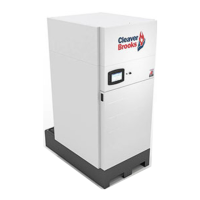
